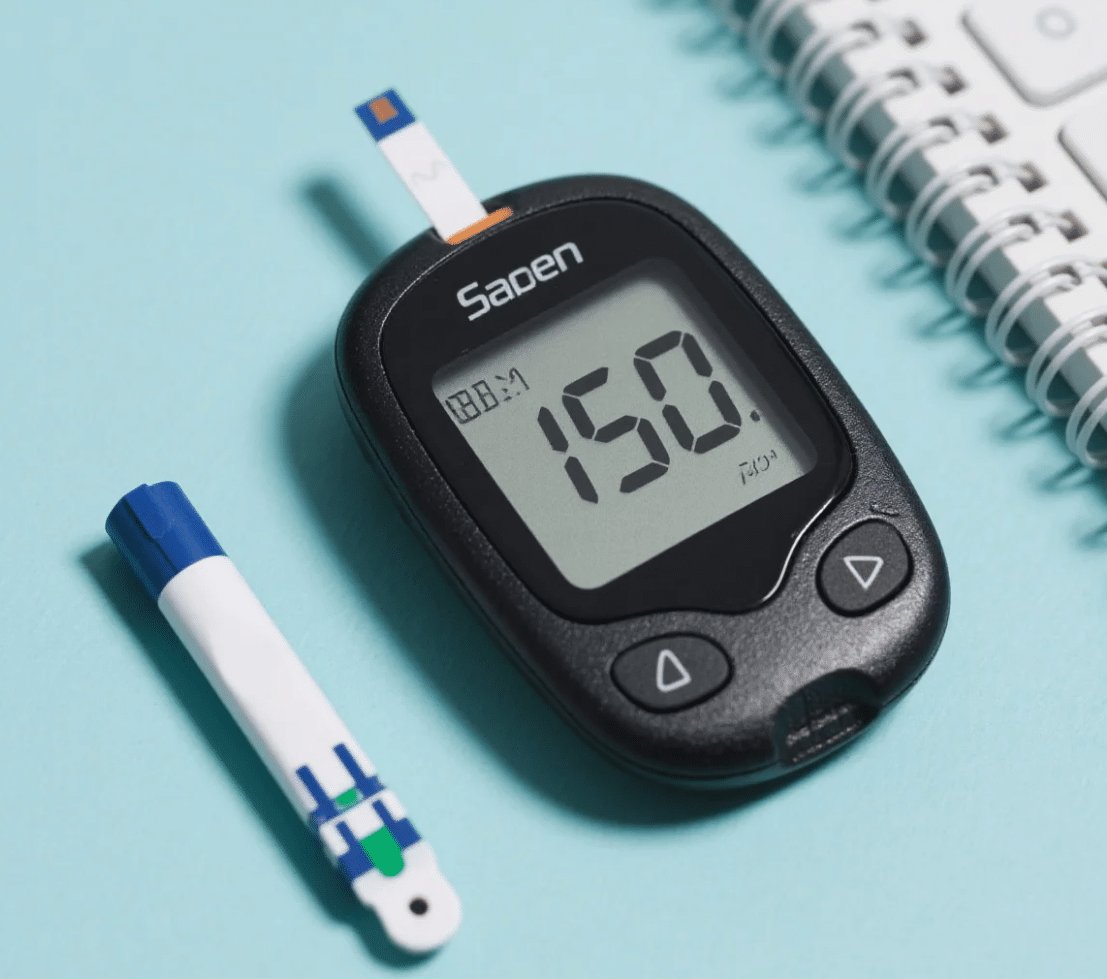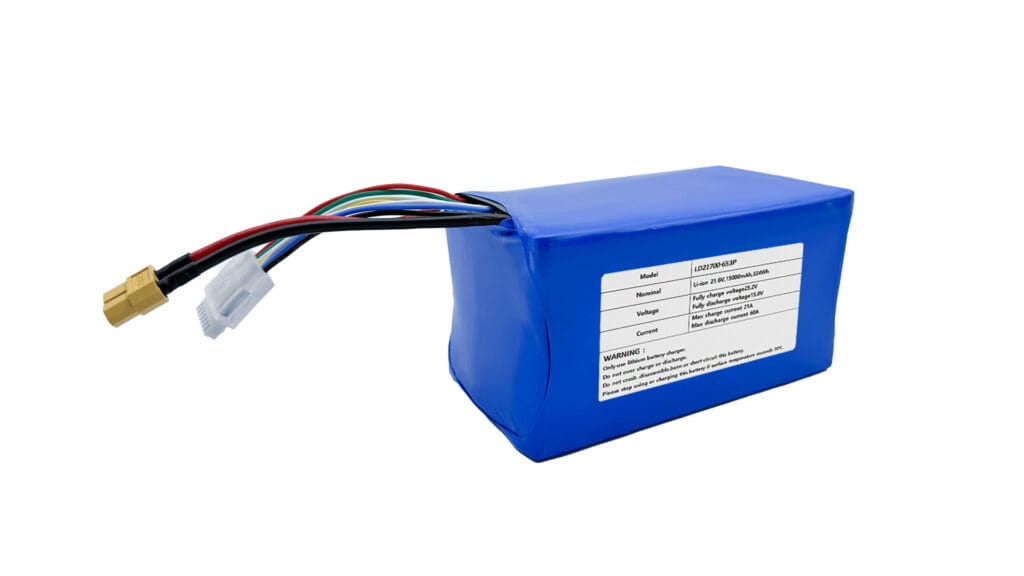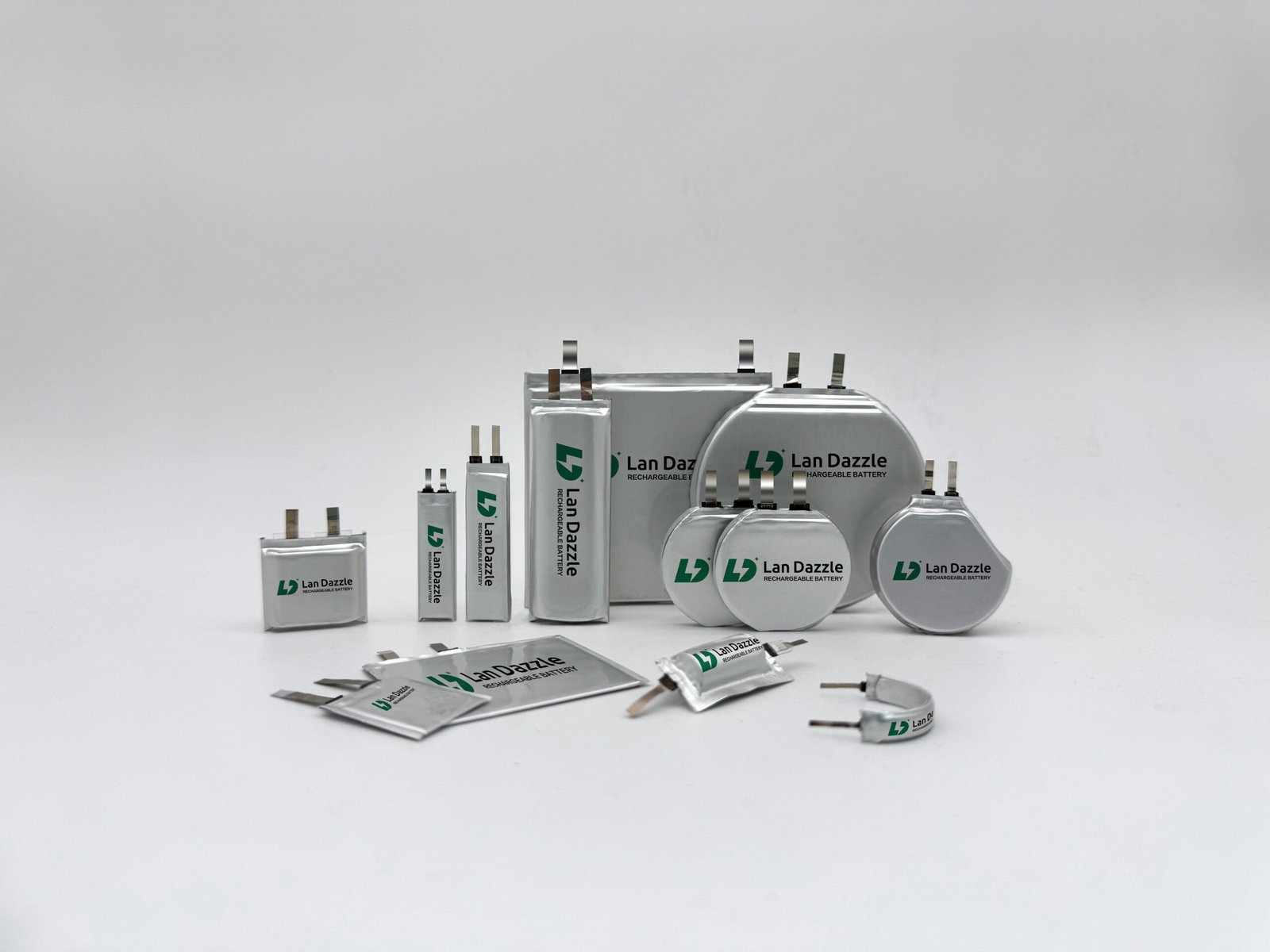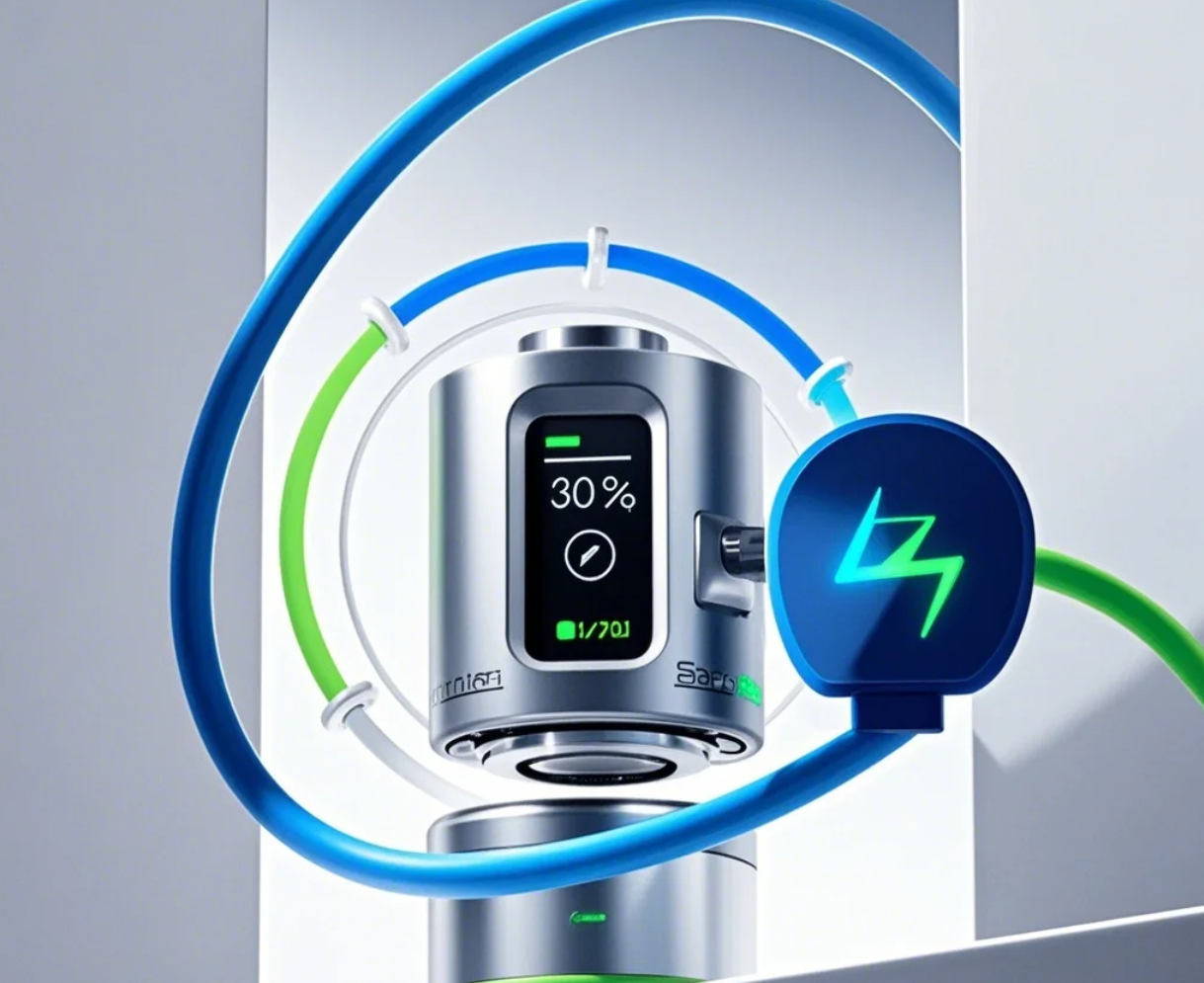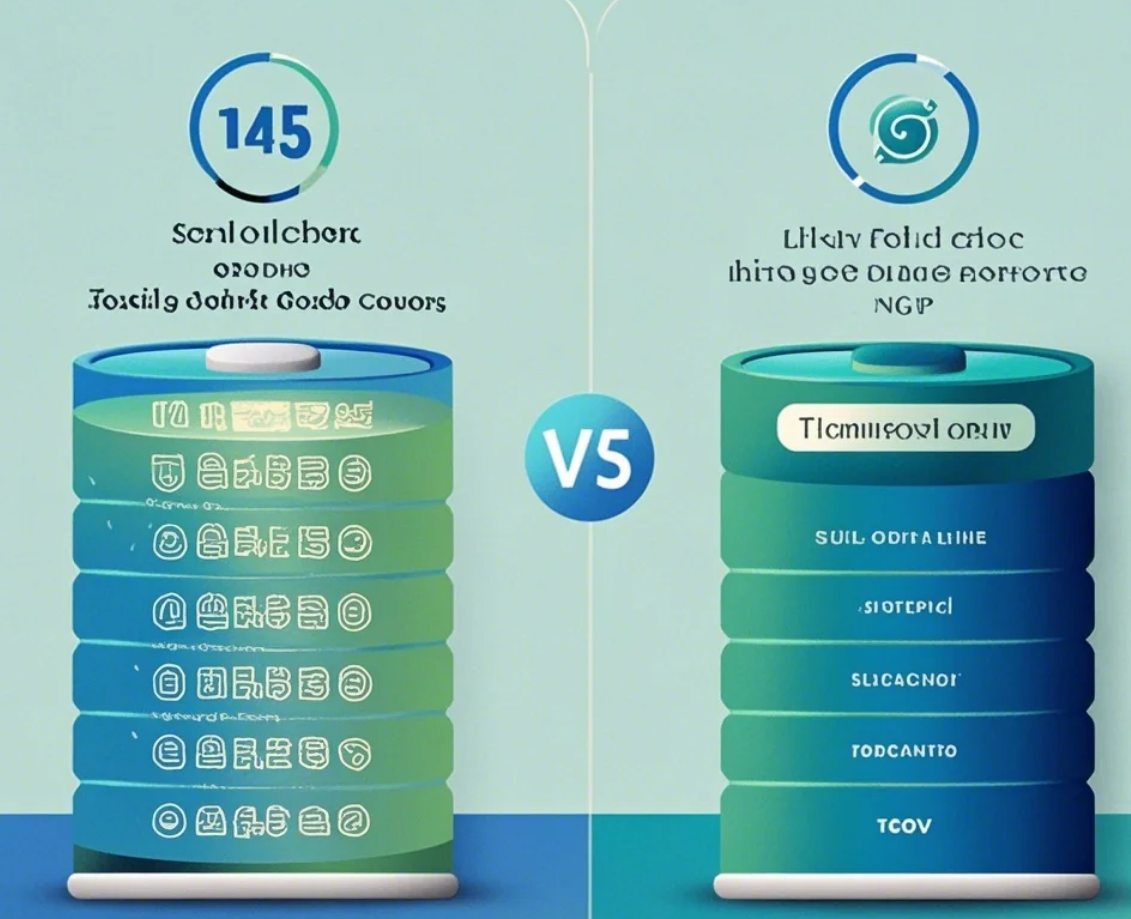Introducción
In today’s medical device landscape, especially for blood glucose meters (BGMs), the power source is more than just a component—it’s essential to precision, reliability, and patient safety. With over 422 million people affected by diabetes globally, the demand for compact, connected, and intelligent BGMs is growing fast. These advanced devices require more from their batteries than off-the-shelf solutions can deliver.
That’s why custom battery solutions for blood glucose meters, particularly using Lithium Polymer (LiPo) technology, are becoming essential. Offering a perfect balance of size, performance, and safety, custom LiPo batteries meet the unique power needs of modern BGMs while supporting regulatory compliance and device innovation.
The Evolving Landscape of Blood Glucose Monitoring
The journey of blood glucose monitoring has been one of remarkable innovation. What began as laboratory-intensive processes has transformed into highly portable, user-friendly devices capable of delivering immediate results at the point of care. This evolution has been driven by a relentless pursuit of greater convenience, accuracy, and integration into daily life.
Today’s blood glucose meters are characterized by several key trends and demands:
- Miniaturization and Portability: Patients require devices that are discreet, lightweight, and easily carried, fitting seamlessly into their active lifestyles. This pushes the boundaries of component size and integration.
- Increased Functionality: Beyond simple glucose readings, modern BGMs often include large, illuminated displays, internal memory for data storage, real-time clocks, and sophisticated algorithms for trend analysis.
- Enhanced Connectivity: Bluetooth Low Energy (BLE), Near Field Communication (NFC), and other wireless protocols enable effortless data transfer to smartphones, cloud platforms, and healthcare providers, fostering better disease management.
- Improved Accuracy and Faster Results: Sensor technology has advanced significantly, leading to quicker and more precise measurements, but this precision is highly sensitive to stable power delivery.
- User Convenience and Longer Operational Times: While connectivity adds power drain, users expect longer battery life between charges or replacements, reducing hassle and ensuring continuous monitoring.
Each of these advancements directly translates into complex and specific requirements for the device’s power source. A conventional battery simply cannot meet the combined needs of extreme miniaturization, high energy density, and stable power output required for these sophisticated, life-critical applications.
Custom Battery Solutions for Blood Glucose Meters
Among the myriad of battery chemistries available, Lithium Polymer (LiPo) stands out as a superior choice for advanced medical devices like blood glucose meters. Understanding its core characteristics is key to appreciating its advantages. LiPo batteries are a type of rechargeable lithium-ion battery, but instead of using a liquid electrolyte, they employ a polymer electrolyte. This fundamental difference unlocks several critical benefits.
Introduction to LiPo Technology:
LiPo cells leverage a solid or gel-like polymer electrolyte, allowing for a flexible, pouch-like casing instead of the rigid metal cans of traditional cylindrical lithium-ion cells. This construction enables:
- Exceptional Design Flexibility: LiPo cells can be manufactured in virtually any shape or size, from ultra-thin sheets to custom geometric configurations. This is a game-changer for devices with non-standard internal spaces.
- Alta densidad energética: LiPo batteries pack a significant amount of energy into a small volume and light weight, crucial for extending the operational life of compact devices.
- Baja tasa de autodescarga: They retain their charge well over time, an important feature for devices that might sit on a shelf for extended periods before activation.
Core Advantages of Custom LiPo for Medical Devices:
- Flexibilidad de diseño: This is perhaps the most compelling advantage. Medical device enclosures are often ergonomically shaped, making it challenging to fit standard rectangular or cylindrical batteries. Custom LiPo cells can be designed to fill every available cubic millimeter, maximizing battery capacity without compromising the device’s form factor or user experience. Imagine a thin, credit card-sized BGM; a custom LiPo battery is essential to achieve such a profile.
- Alta densidad energética: For a device that needs to perform multiple readings, transmit data, and potentially illuminate a display, energy density is paramount. LiPo batteries typically offer energy densities ranging from 200 to 270 Wh/kg, significantly higher than older battery chemistries, enabling longer operational times in smaller packages. This translates directly to fewer battery changes or less frequent recharging for the end-user.
- Low Profile & Lightweight: The pouch cell construction means LiPo batteries are inherently thin and light. This is vital for portable medical devices, reducing the burden on the user and making the device easier to carry. A lighter device is also less prone to damage from accidental drops.
- Salida de tensión estable: Consistent voltage delivery is crucial for the accurate functioning of sensitive electronic components within a BGM, particularly the glucose sensor. LiPo batteries maintain a relatively stable voltage throughout their discharge cycle, ensuring consistent performance and reliable readings from the first measurement to the last.
- Características de seguridad mejoradas: While all lithium-based batteries require careful management, LiPo batteries can be engineered with robust safety mechanisms. Their polymer electrolyte is less prone to leakage, and their flexible packaging can accommodate slight swelling without immediate rupture, offering an added layer of safety. Furthermore, proper integration with a Battery Management System (BMS) provides comprehensive protection against overcharge, over-discharge, over-current, and temperature extremes.
Addressing BGM Specific Needs with LiPo:
Custom LiPo solutions are designed to meet the precise power profiles of BGMs. They can be optimized to deliver peak currents for sensor activation and data transmission, while maintaining ultra-low quiescent currents for standby modes. This tailored approach ensures that advanced features like Bluetooth connectivity, backlit displays, and rapid processing all receive stable, reliable power without compromising battery life or device accuracy. They also perform reliably across various environmental conditions, from typical room temperatures to more extreme fluctuations a portable device might encounter.
Design Considerations and Challenges in Custom LiPo Battery Integration
While LiPo batteries offer significant advantages, their integration into blood glucose meters is not without complex engineering challenges. Medical device engineers must meticulously address several critical design considerations to ensure optimal performance, safety, and longevity.
Form Factor & Integration: The drive for miniaturization often means squeezing powerful components into incredibly tight and often non-standard spaces. Custom battery manufacturers excel here, designing bespoke cell shapes (e.g., L-shaped, curved, ultra-thin rectangular) that precisely fit available voids. This allows for maximal energy storage within the device’s unique ergonomic design. However, it requires close collaboration between the device designer and the battery engineer from the earliest stages of product development to optimize space utilization without compromising other components or device cooling.
Power Management & Efficiency: Modern BGMs integrate numerous features, each with its own power demands. Bluetooth modules, bright screens, and fast processors can draw significant current. Designing for ultra-low power consumption in both active and standby modes is crucial for maximizing battery life. This necessitates a sophisticated Sistema de gestión de baterías (BMS). A well-designed BMS does far more than just protect the battery; it:
- Monitors State of Charge (SoC): Providing accurate “fuel gauge” readings to the user.
- Balances Cells: Ensuring all cells in a multi-cell pack discharge and charge evenly, prolonging overall pack life.
- Optimizes Charging: Implementing intelligent charging algorithms to prevent overcharging and extend cycle life.
- Manages Power Delivery: Regulating voltage and current to specific device components as needed. This level of intelligent power management is critical for consistent performance and user confidence.
Gestión térmica: Lithium Polymer batteries generate heat during both charging and discharging cycles. In miniature, often sealed, medical devices, dissipating this heat effectively is a significant challenge. Excessive heat can degrade battery performance, shorten its lifespan, and in extreme cases, pose a safety risk. Strategies include:
- Careful cell placement: Ensuring adequate airflow (if possible) or thermal pathways to the device casing.
- Thermal pads or conductive materials: To direct heat away from sensitive components.
- Optimized power profiles: Reducing peak current draws to minimize heat generation. Considering that battery life can be significantly impacted by temperature (e.g., every 10°C rise in temperature above optimal can halve battery life), effective thermal management is non-negotiable.
Longevity & Reliability: For medical devices, a battery isn’t just about initial capacity; it’s about sustained performance over its entire expected lifespan. This involves:
- Maximizing Cycle Life: The number of charge/discharge cycles a battery can endure before its capacity significantly degrades.
- Minimizing Self-Discharge: Ensuring the battery retains charge during periods of storage or inactivity, which is critical for devices with long shelf lives.
- Robust Construction: The battery pack must withstand physical stresses like drops, vibrations, and temperature fluctuations, ensuring reliability throughout the device’s operational life. Testing protocols include rigorous environmental testing (temperature, humidity), and shock and vibration testing.
Navigating Regulatory Compliance and Safety Standards
For any medical device, safety is the ultimate priority, and the battery is no exception. In fact, due to the inherent energy storage, batteries are subject to some of the most stringent regulatory requirements. Medical device engineers must ensure that their chosen custom battery solution, and its integration, fully complies with a complex web of national and international standards.
Paramount Importance of Safety: A battery failure in a blood glucose meter could lead to inaccurate readings, device malfunction, or in rare cases, safety hazards for the user. Therefore, every aspect of the battery’s design, manufacturing, and integration must adhere to rigorous safety protocols and quality management systems.
Key Regulatory Standards for Medical Batteries:
- IEC 60601-1 (Medical Electrical Equipment – General Requirements for Basic Safety and Essential Performance): This foundational standard outlines general safety requirements for medical electrical equipment. It includes specific clauses that pertain to power supplies and batteries, covering aspects like insulation, protection against excessive temperatures, and abnormal operation. Compliance with IEC 60601-1 is mandatory for market access in many regions.
- UL 2054 (Household and Commercial Batteries) / UL 1642 (Lithium Batteries): These Underwriters Laboratories standards specifically address the safety of batteries. UL 1642 focuses on the safety of lithium battery cells, while UL 2054 covers battery packs. Manufacturers typically require their custom LiPo cells and packs to pass these rigorous safety tests (e.g., short circuit, overcharge, crush, impact, heat exposure).
- ISO 13485 (Medical Devices – Quality Management Systems – Requirements for Regulatory Purposes): This international standard specifies requirements for a quality management system where an organization needs to demonstrate its ability to provide medical devices and related services that consistently meet customer and applicable regulatory requirements. Partnering with an ISO 13485 certified battery manufacturer ensures that the design, development, and production processes for the custom battery adhere to the highest quality standards, which is critical for product reliability and traceability.
- Transportation Regulations (UN 38.3): Any lithium battery, whether alone or contained within a device, must pass UN 38.3 testing for safe transportation by air, sea, or land. This includes tests for altitude simulation, thermal cycling, vibration, shock, external short circuit, impact, overcharge, and forced discharge. Ensuring the custom battery solution is UN 38.3 certified is essential for global distribution.
Testing and Validation: Beyond compliance with standards, comprehensive testing and validation are crucial. This includes:
- Performance Testing: Verifying capacity, voltage stability, and discharge characteristics across various loads.
- Environmental Testing: Assessing performance and integrity under extreme temperatures, humidity, and atmospheric pressure.
- Abuse Testing: Simulating potential misuse or faults to ensure the battery fails safely without catastrophic events.
- Pruebas de ciclo de vida: Determining how many charge-discharge cycles the battery can withstand while maintaining acceptable capacity.
Supplier Selection: Given the complexity and criticality of medical device batteries, selecting the right custom battery solution provider is paramount. They should possess:
- Deep expertise in medical device battery design and manufacturing.
- A proven track record of regulatory compliance.
- In-house design, prototyping, and testing capabilities.
- Robust quality control processes (e.g., ISO 13485 certification).
- A collaborative engineering approach.
Application Examples
The impact of custom LiPo battery solutions on blood glucose meters can be best understood through archetypal application scenarios that highlight the engineering challenges and how tailor-made power addresses them.
Scenario 1: The Ultra-Compact, Discreet Handheld BGM A leading medical device company sought to develop a new blood glucose meter no larger than a credit card, designed to be discreetly carried in a wallet or purse. The challenge was fitting a powerful, long-lasting battery into an extremely thin, non-rectangular enclosure, leaving almost no room for standard cells.
- Custom LiPo Solution: Engineers collaborated with a specialized battery manufacturer to design an ultra-thin, uniquely shaped LiPo battery (e.g., an L-shape or a highly rectangular cell with minimized internal space). This custom form factor maximized energy density within the confined, irregular space.
- Resultado: The resulting BGM was revolutionarily compact and lightweight, yet offered over 500 readings on a single charge. The seamless integration of the custom battery was key to achieving both the desired aesthetics and extended operational life, significantly enhancing user convenience and adoption.
Scenario 2: The Integrated BGM with Continuous Connectivity Another manufacturer aimed to create a BGM that seamlessly connected via Bluetooth to a smartphone app, providing real-time data logging, trend analysis, and cloud synchronization. The constant Bluetooth transmission and a vibrant color display demanded a robust, stable power source that could last for weeks without recharging.
- Custom LiPo Solution: A high-capacity custom LiPo battery with an advanced integrated Battery Management System (BMS) was chosen. The BMS was optimized for low quiescent current draw during standby and provided precise fuel gauging to accurately display remaining battery life. The stable voltage output was critical for maintaining consistent Bluetooth signal strength and sensor accuracy during data transmission.
- Resultado: The custom LiPo solution empowered the BGM to offer continuous connectivity and feature-rich performance, eliminating user frustration over frequent recharging. This robust power foundation enabled a superior user experience, encouraging better adherence to monitoring routines.
These scenarios illustrate that custom LiPo solutions are not merely about fitting a battery; they are about enabling new product possibilities, enhancing user experience, and ensuring the reliable, safe operation of critical medical devices.
Conclusión
As blood glucose meters become smaller, smarter, and more connected, the need for reliable, high-performance power has made batteries a key design focus. Off-the-shelf options often fall short, making custom Lithium Polymer (LiPo) batteries the ideal choice. Their slim profile, stable output, and design flexibility meet the strict demands of medical devices.
En Lan Dazzle, we provide custom battery solutions for blood glucose monitors—ensuring safety, reliability, and regulatory compliance while maximizing space and performance. If you have any needs, feel free to contact us at info@landazzle.com.
